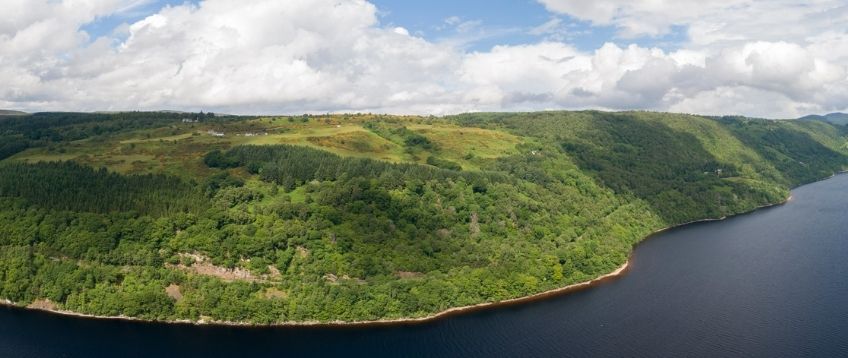Uncovering the recovering biodiversity along the Sussex coast
eDNA outperforms traditional visual surveys in a multi-year marine rewilding project


Project Snapshot
Overview
In March 2021, the Sussex Nearshore Trawling Bylaw was introduced, banning trawling along the Sussex coastline in the hope that over time, the kelp forest ecosystem that used to thrive in these waters would recover.
Traditional survey methods including baited remote underwater video (BRUVs) are expensive and labour-intensive, so the University of Sussex wanted to compare this traditional method to NatureMetrics’ eDNA metabarcoding service to monitor biodiversity recovery inside the trawling exclusion zone over multiple years.
What the Client Says


The Challenge
Our Role
NatureMetrics provided an easy to use, cost-effective, and time-efficient eDNA solution to monitor the changes in biodiversity along the Sussex coastline, as the ecosystem recovers after the introduction of the trawling exclusion zone.
The University of Sussex chose to work with NatureMetrics metabarcoding service for the multi-year project as the surveying method is easily replicable and the simple sampling procedure meant sampling could be conducted by students.


The Findings
The Impact
An analysis of the project revealed that NatureMetrics’ eDNA solution detected three times as many marine vertebrate species along the Sussex coast compared to traditional baited remote underwater video surveys.
This groundbreaking finding underscores the unparalleled power of eDNA as a biomonitoring tool for accurately tracking biodiversity recovery, which is crucial for effective conservation efforts and justifying future conservation bylaws and Marine Protected Areas (MPAs).
Furthermore, the analysis compared the effort required for both methods. Visual surveys, including fieldwork and data processing, demanded an extensive total effort of 7 hours per survey site, equivalent to a staggering 8 hours for each species detected. In striking contrast, utilizing NatureMetrics’ eDNA service significantly reduced the effort to a mere 25 minutes per survey site or a remarkable 1.25 minutes per species detected. These extraordinary time savings highlight the exceptional efficiency and cost-effectiveness offered by eDNA technology.

Make your nature strategy your USP
Explore more success stories
Join more than
500 companies
in 104 countries
Stay in the know with the latest nature-related news
Join 9,000 subscribers for monthly round-ups and analysis of nature-related news and insights from NatureMetrics






.jpg)








.png)


.jpg)















.jpg)















